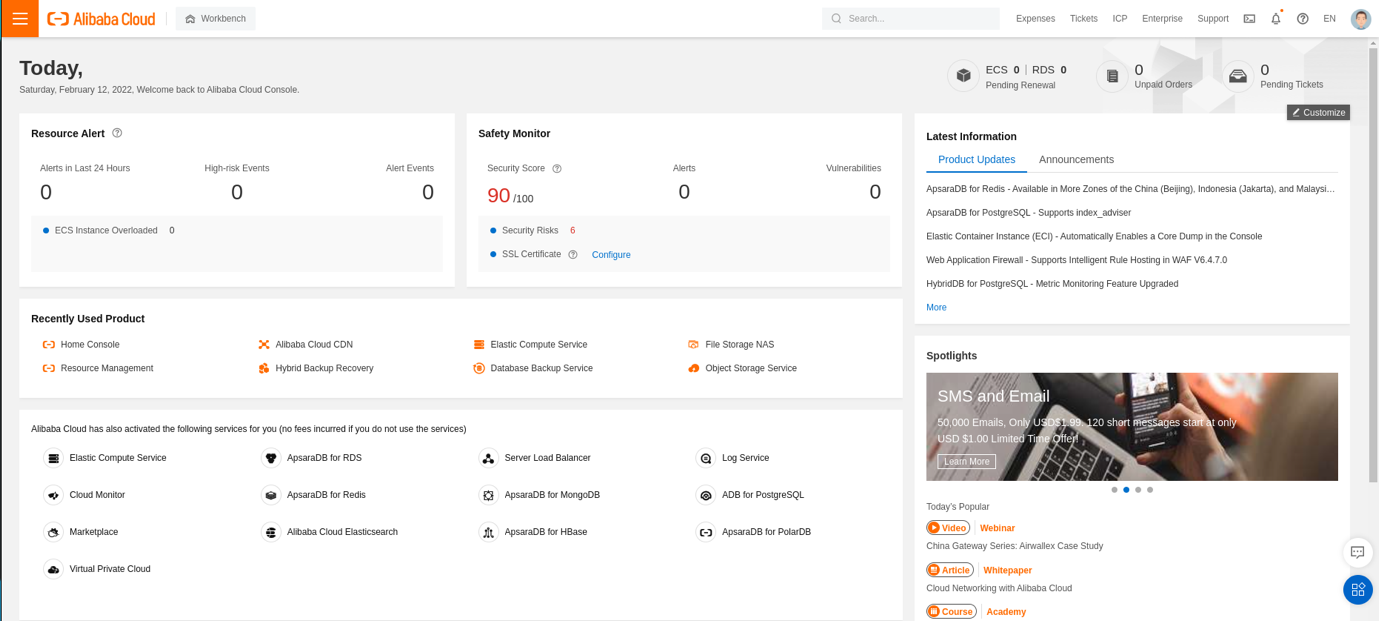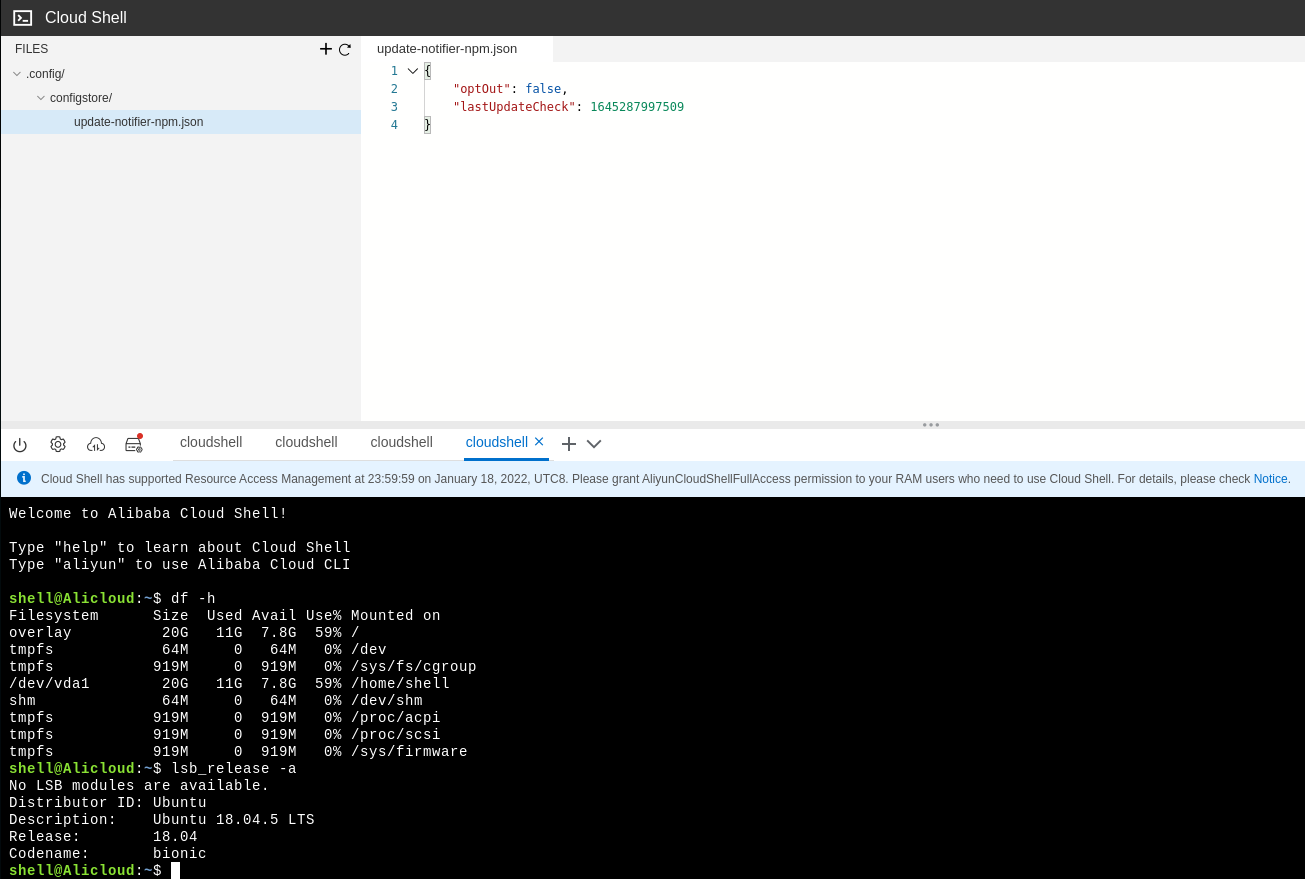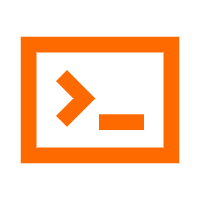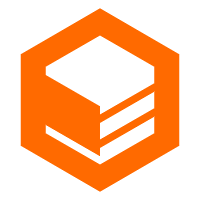By Alain Francois
Major operating systems were managed on a full command-line environment that has introduced some common concepts that are still popular nowadays. A command line is an interface where the user types a command. There are three key concepts: shell, console, and terminal. This can be confusing because they can all look the same from the point of view of a user sitting at a keyboard. This tutorial will explain how those three concepts are different even though they have similar functionalities and operations. The terms are not unique to the open-source environment, and their meanings are influenced by the history of automated computing in general.
A terminal can be seen as a kind of device file that implements some additional commands. Historically, it was a physical device consisting of little more than a monitor and keyboard, but now, it is a concept abstracted into the software. A terminal (also called TeleTYpewriter (_tty_)) is an interface to the underlying OS, which is connected to a server. Some terminals are provided by the kernel on behalf of a hardware device, with the input coming from the keyboard and the output going to a text mode screen. Some pseudo-terminals are provided by programs called terminal emulators that include GUI applications running in the X Window System (Gnome Terminal, Konsole, etc.).
Technically, the Console can be seen as a physical terminal device directly connected to a machine. It was a single keyboard and monitor plugged into a dedicated serial console port on a computer used for direct communication at a low level with the operating system. Nowadays, consoles appear to the operating system as a kernel-implemented tty. On some Linux systems, the console appears as several terminals (ttys).
From the cloud's point of view, the console (or cloud console to differentiate) helps you manage the cloud services you have purchased from your provider through your browser. Alibaba Cloud offers its Management Console service as a web application that provides a graphical user interface (GUI).

The Shell is the name of the program that runs in the terminal (command line interpreter). It can be also seen as a program that processes commands and returns output because it is like an application running commands. On the shell, you have to enter to name of the application you want to start, followed by the names of files or other objects the application should act on, and then press the Enter key. Unix systems implement various shells known as Bash, Zsh, ksh, etc. The most common shells have a common syntax based on the Bourne shell. In Unix system administration, a user's shell is the program invoked when they log in. Normal user accounts have a command-line shell.
Alibaba Cloud offers a Cloud Shell solution that allows you to manage Alibaba Cloud resources or services from your Web browser. You can run services you have purchased or use shell scripts to schedule operation executions. With Cloud Shell, you have:
If you want to run the Alibaba Cloud Shell, you need to connect to the Alibaba Cloud management console and click the right button in the top navigation bar to start:

It will automatically run a free VM on the command mode. You will see a new shell, and you can go to the editor mode:

You can see some files in the editor mode. You can also open up to five Cloud Shells to meet your operating needs by default. You can restart the VM or add storage:

Those three terms are closely related. Originally, console and terminal meant a piece of equipment through which you could interact with a computer. Now, the terminal connects to the console where the shell is presented. Alibaba Cloud Shell offers other options, such as copy/paste or page scrolling with an easy and use menu.
O&M with Integrated Monitoring, Management, and Control - Alibaba DevOps Practice Part 19

1,118 posts | 343 followers
FollowAlibaba Cloud Native Community - September 16, 2022
Alibaba Cloud Community - September 23, 2021
Alibaba Clouder - October 30, 2018
Alibaba Clouder - November 14, 2017
Alibaba Clouder - January 3, 2019
Apache Flink Community China - January 9, 2020

1,118 posts | 343 followers
Follow Cloud Shell
Cloud Shell
A Web browser-based admin tool that allows you to use command line tools to manage Alibaba Cloud resources.
Learn More Hybrid Cloud Solution
Hybrid Cloud Solution
Highly reliable and secure deployment solutions for enterprises to fully experience the unique benefits of the hybrid cloud
Learn More CloudBox
CloudBox
Fully managed, locally deployed Alibaba Cloud infrastructure and services with consistent user experience and management APIs with Alibaba Cloud public cloud.
Learn More FinTech on Cloud Solution
FinTech on Cloud Solution
This solution enables FinTech companies to run workloads on the cloud, bringing greater customer satisfaction with lower latency and higher scalability.
Learn MoreMore Posts by Alibaba Cloud Community
Start building with 50+ products and up to 12 months usage for Elastic Compute Service
Get Started for Free Get Started for Free